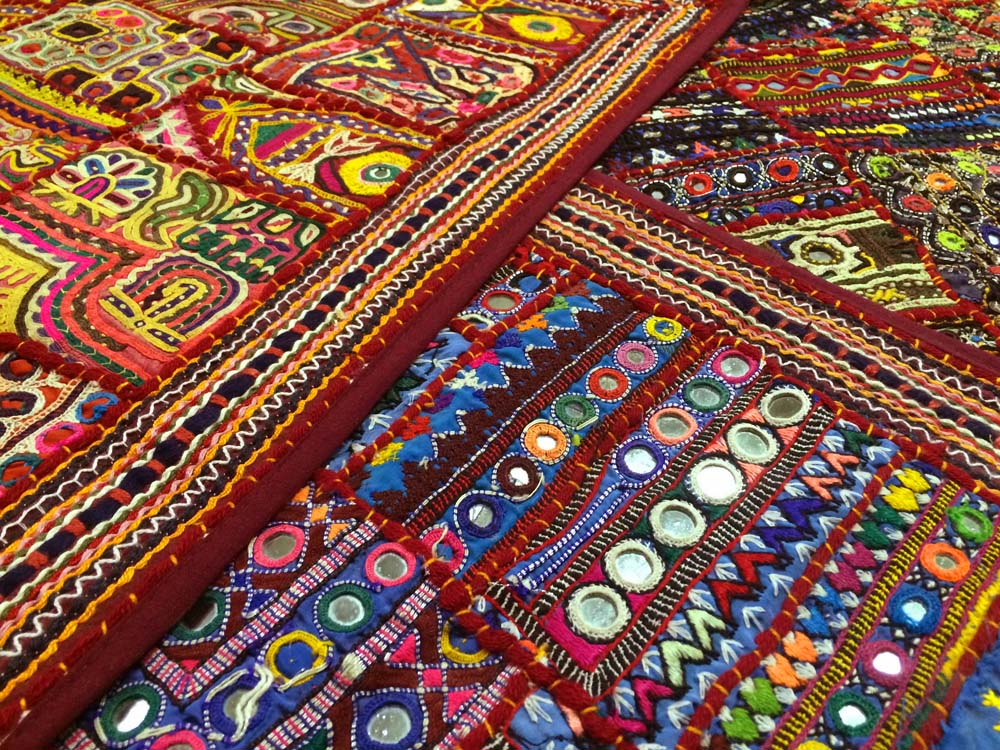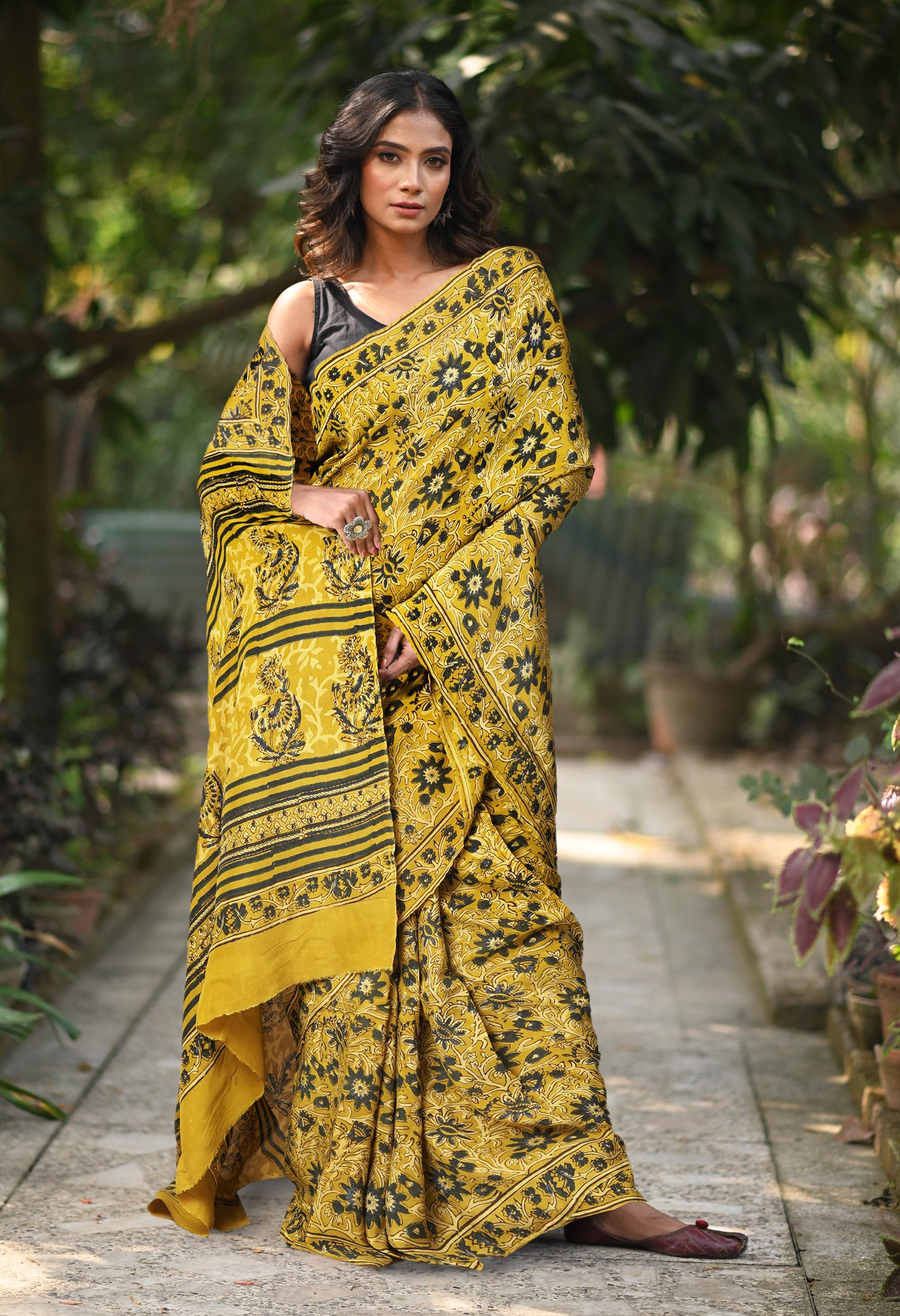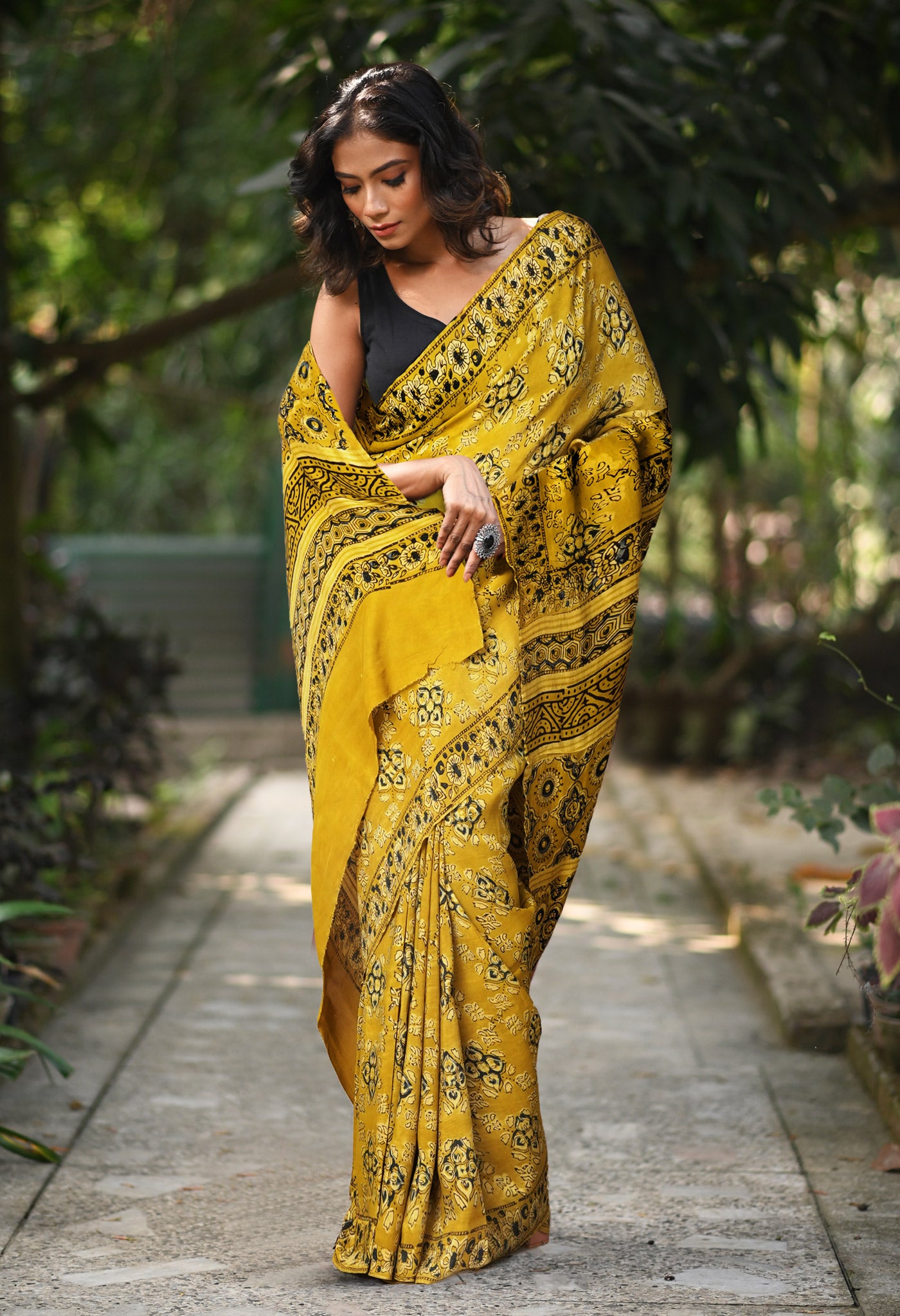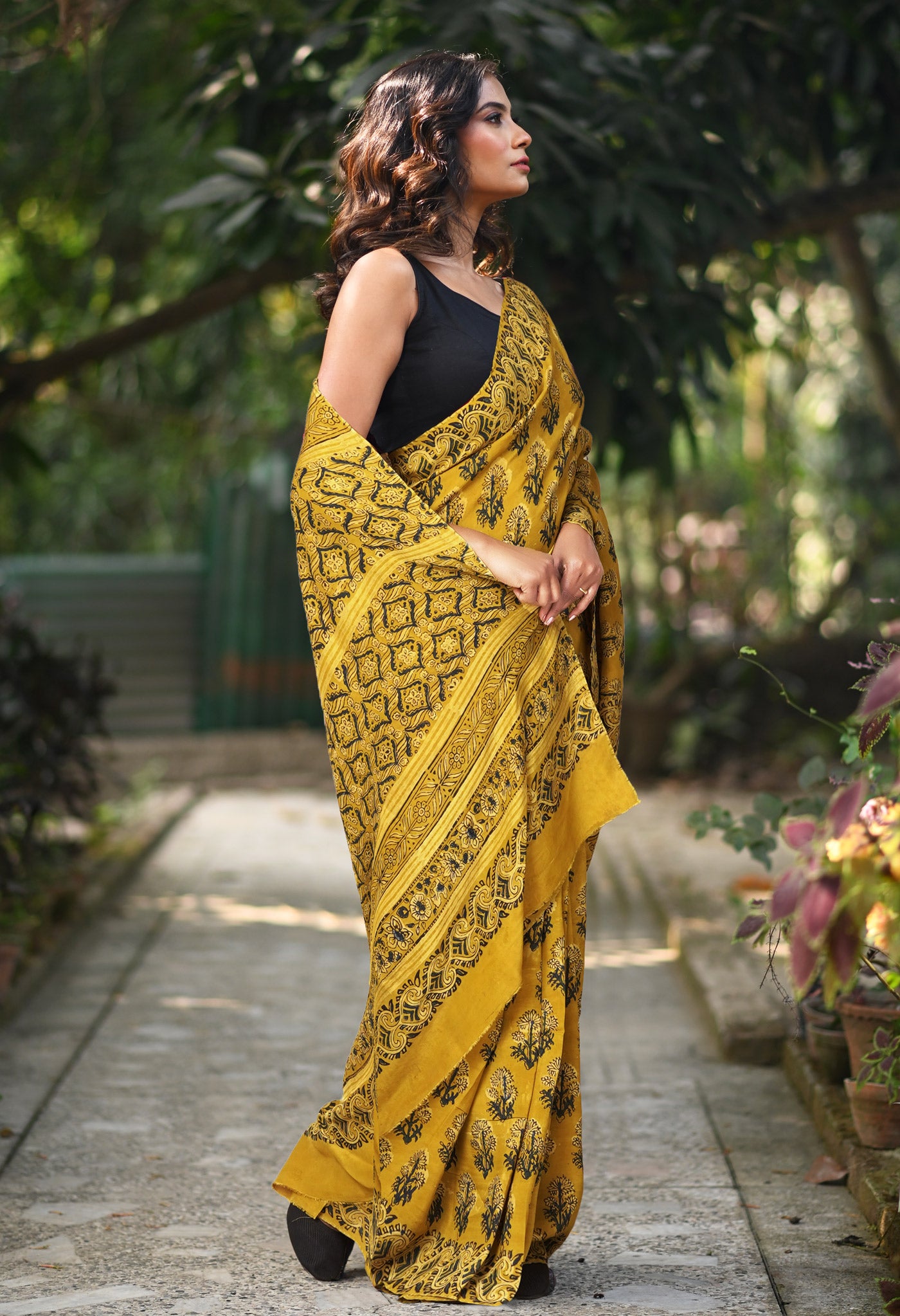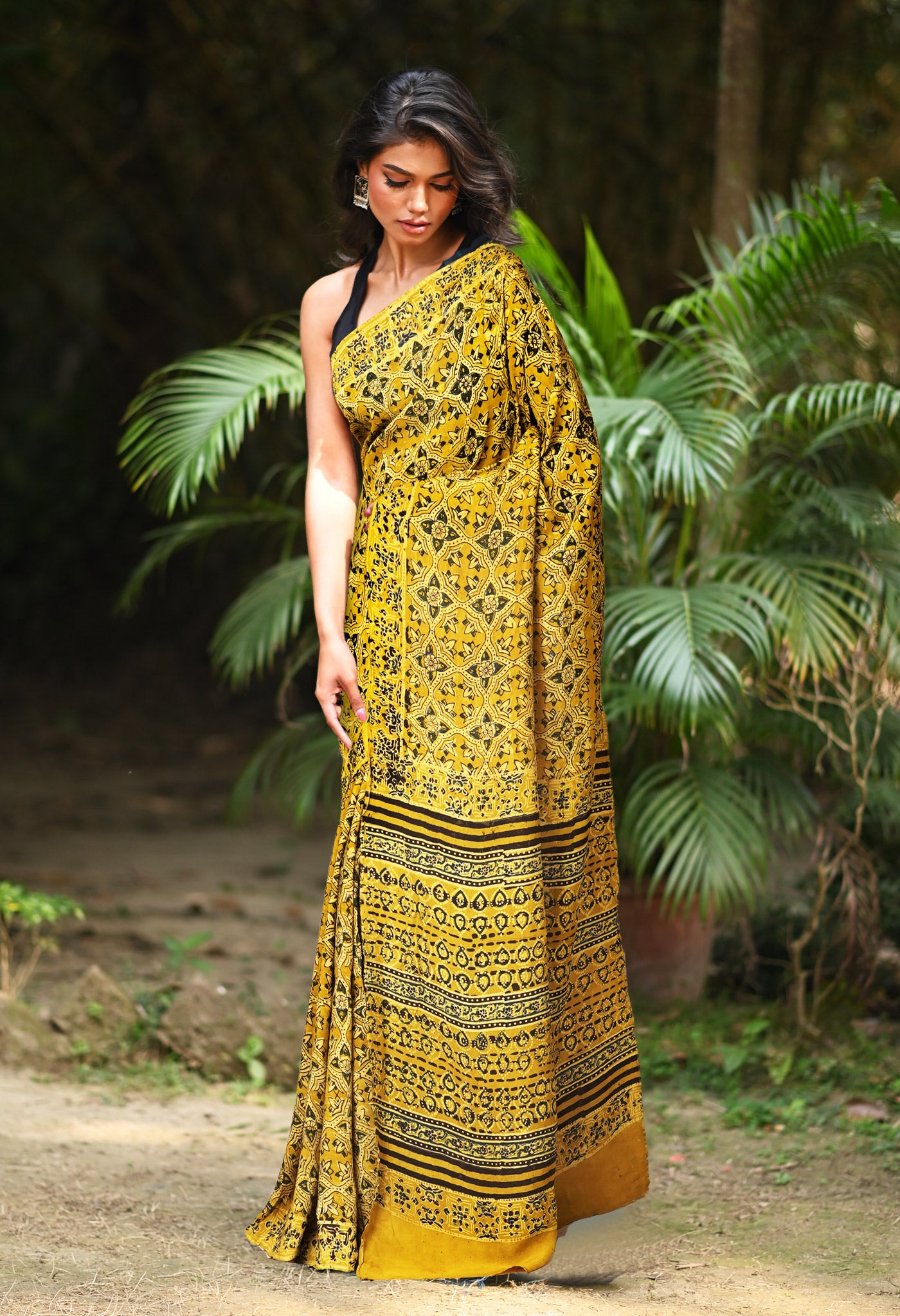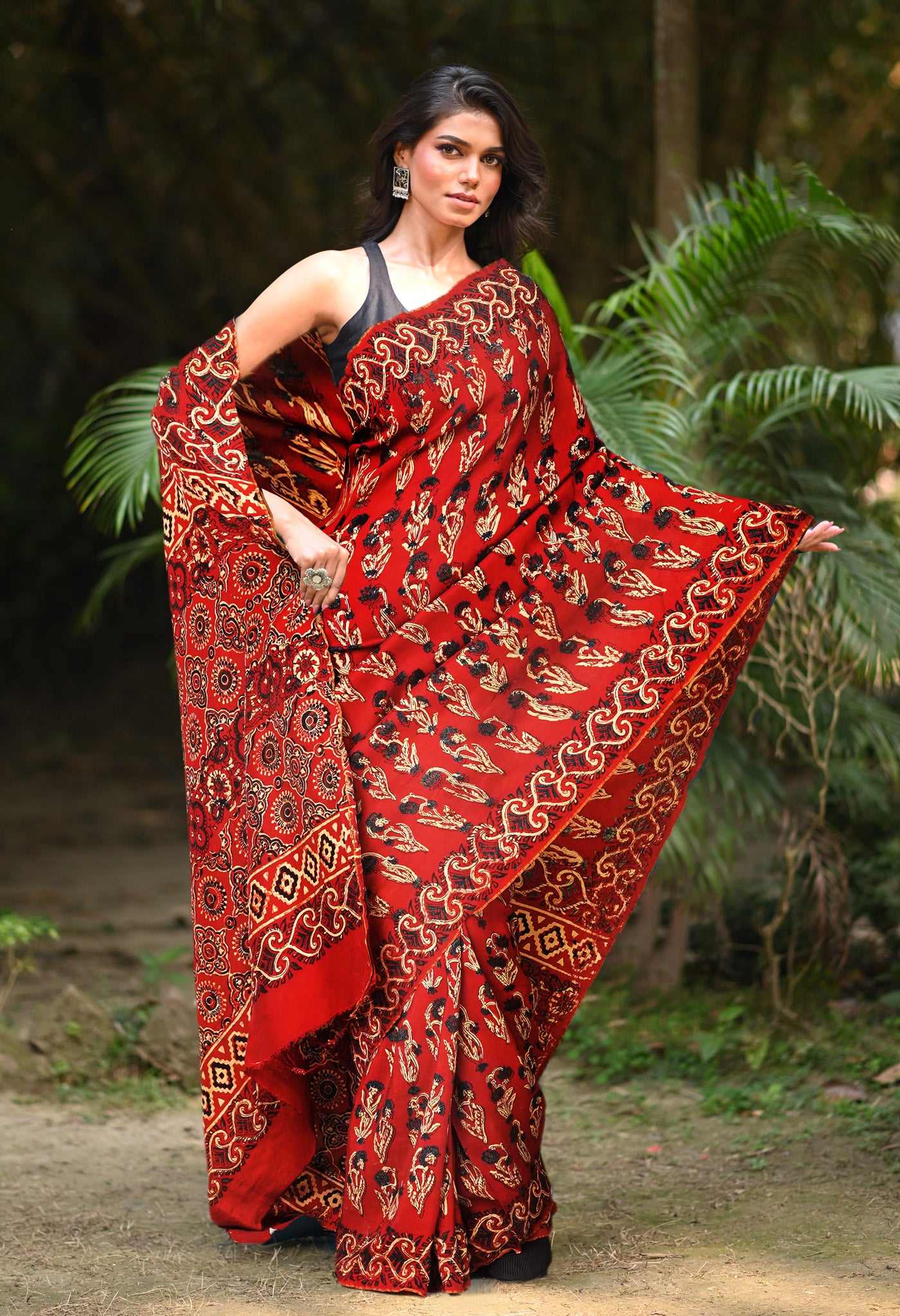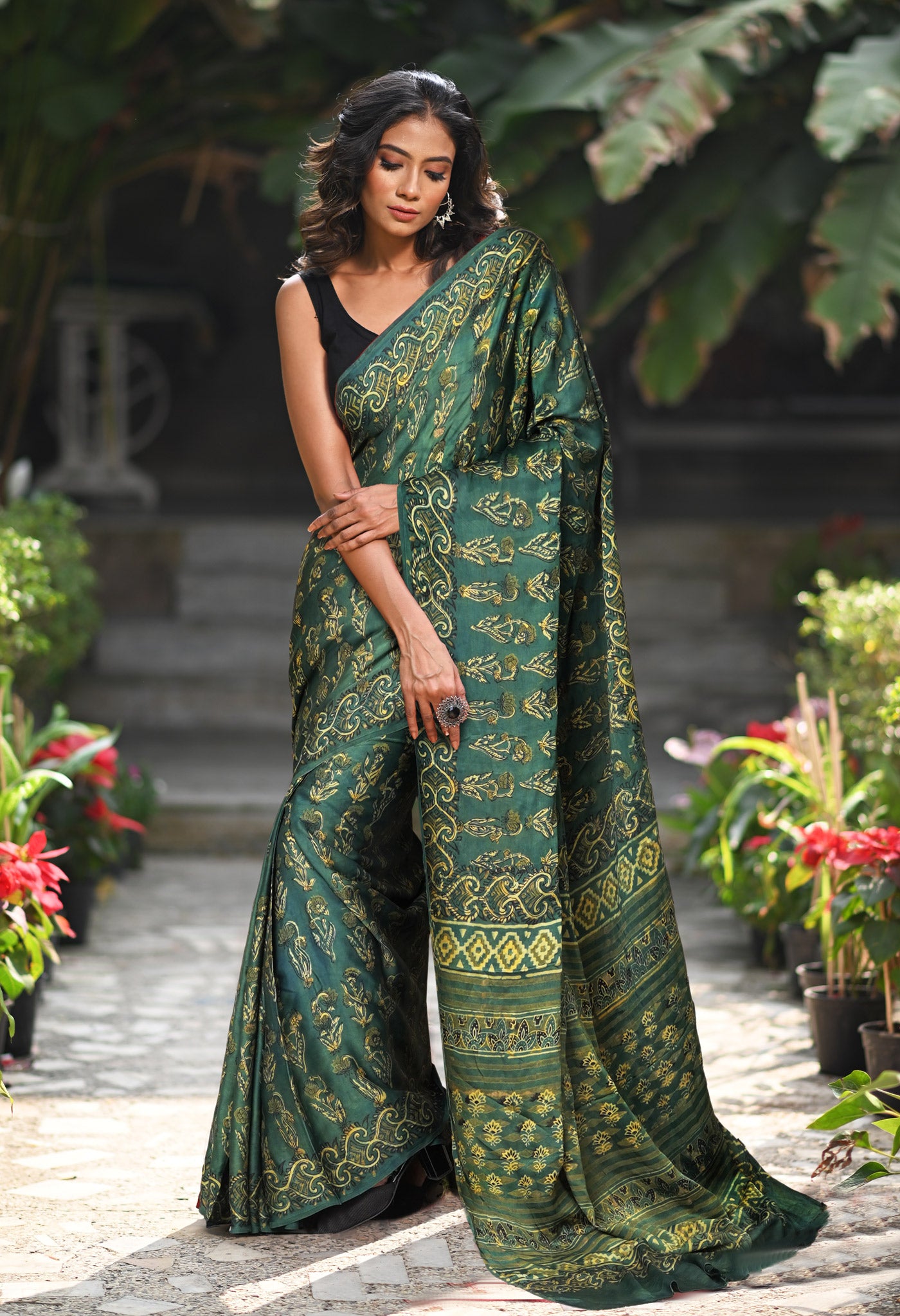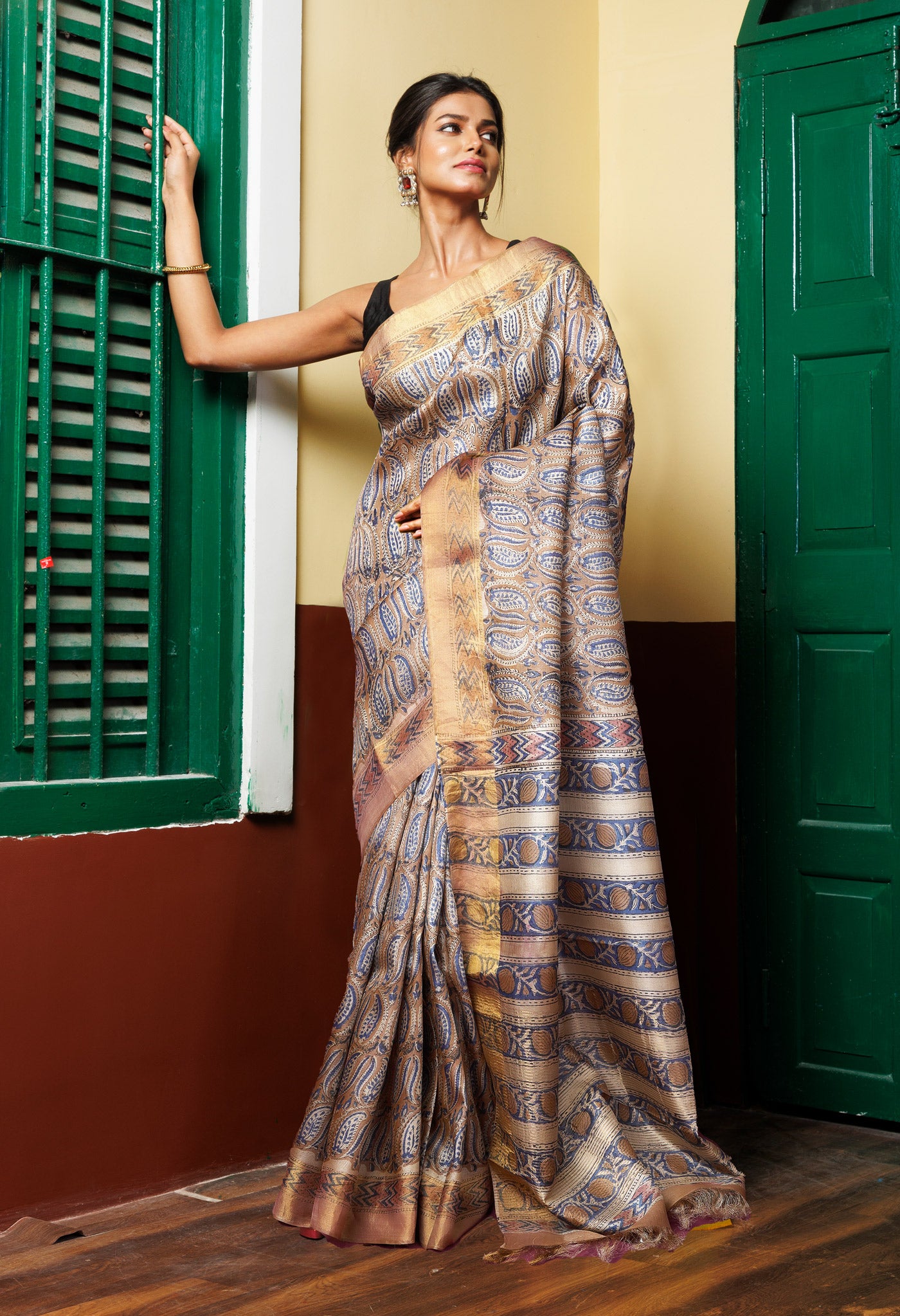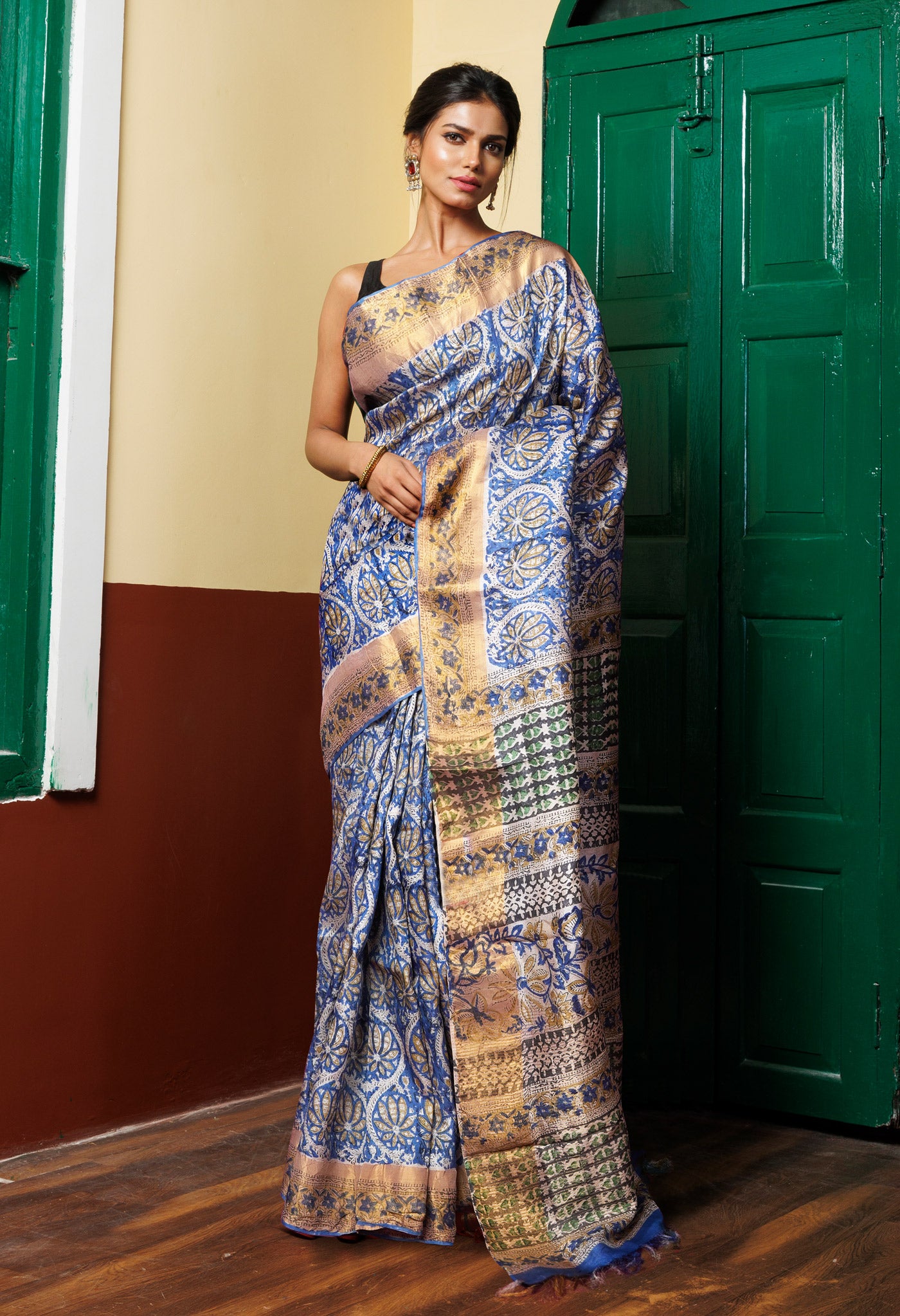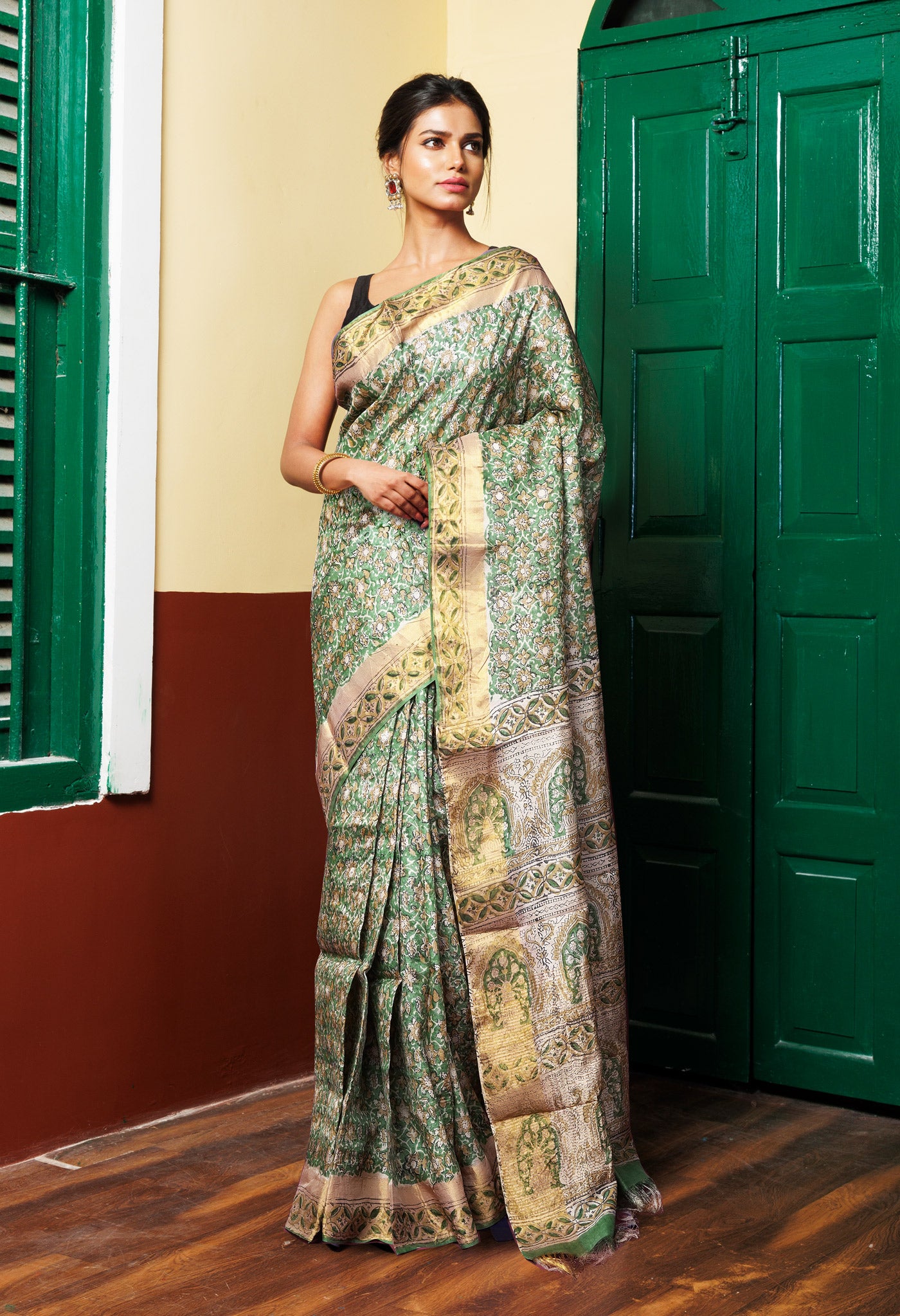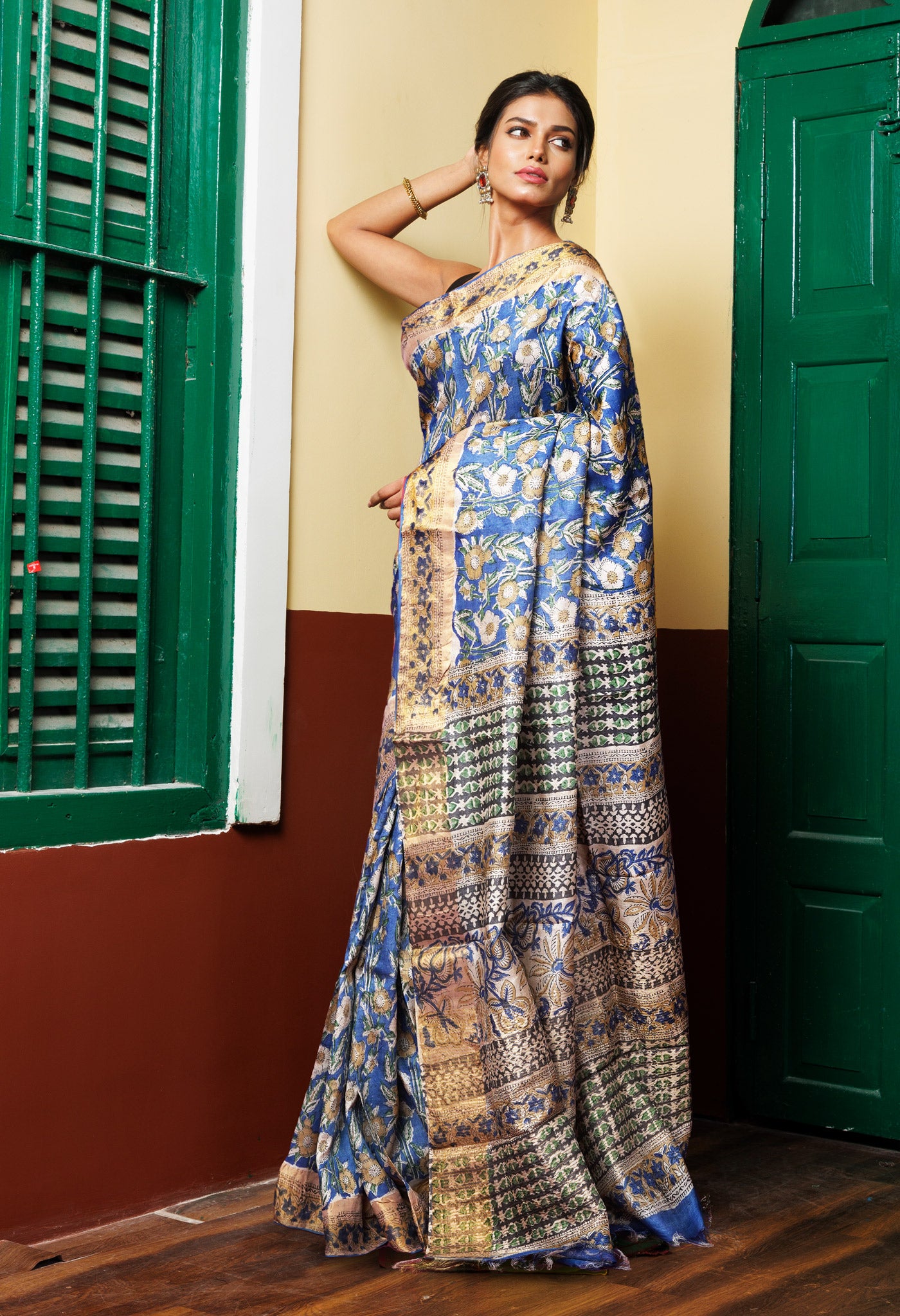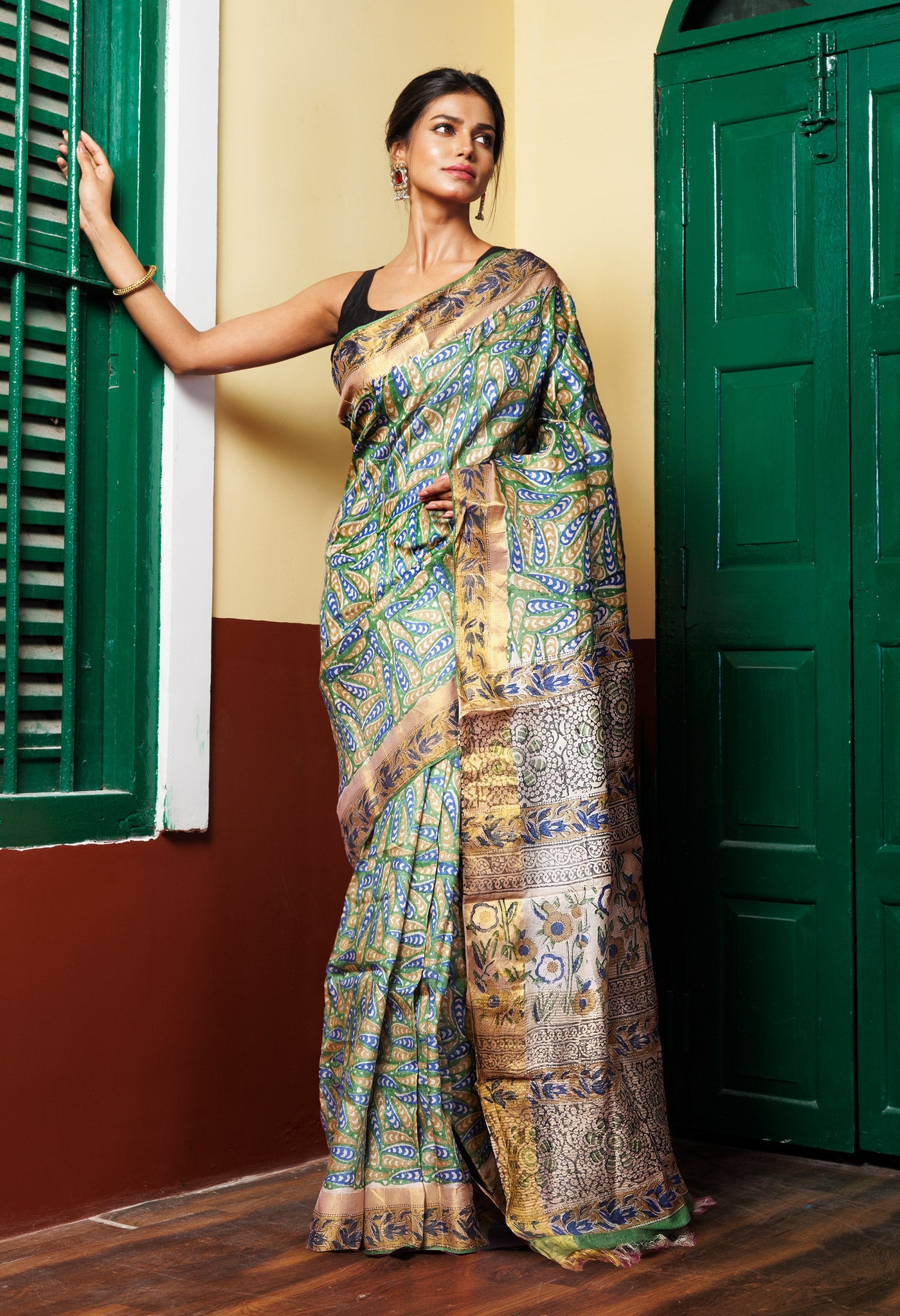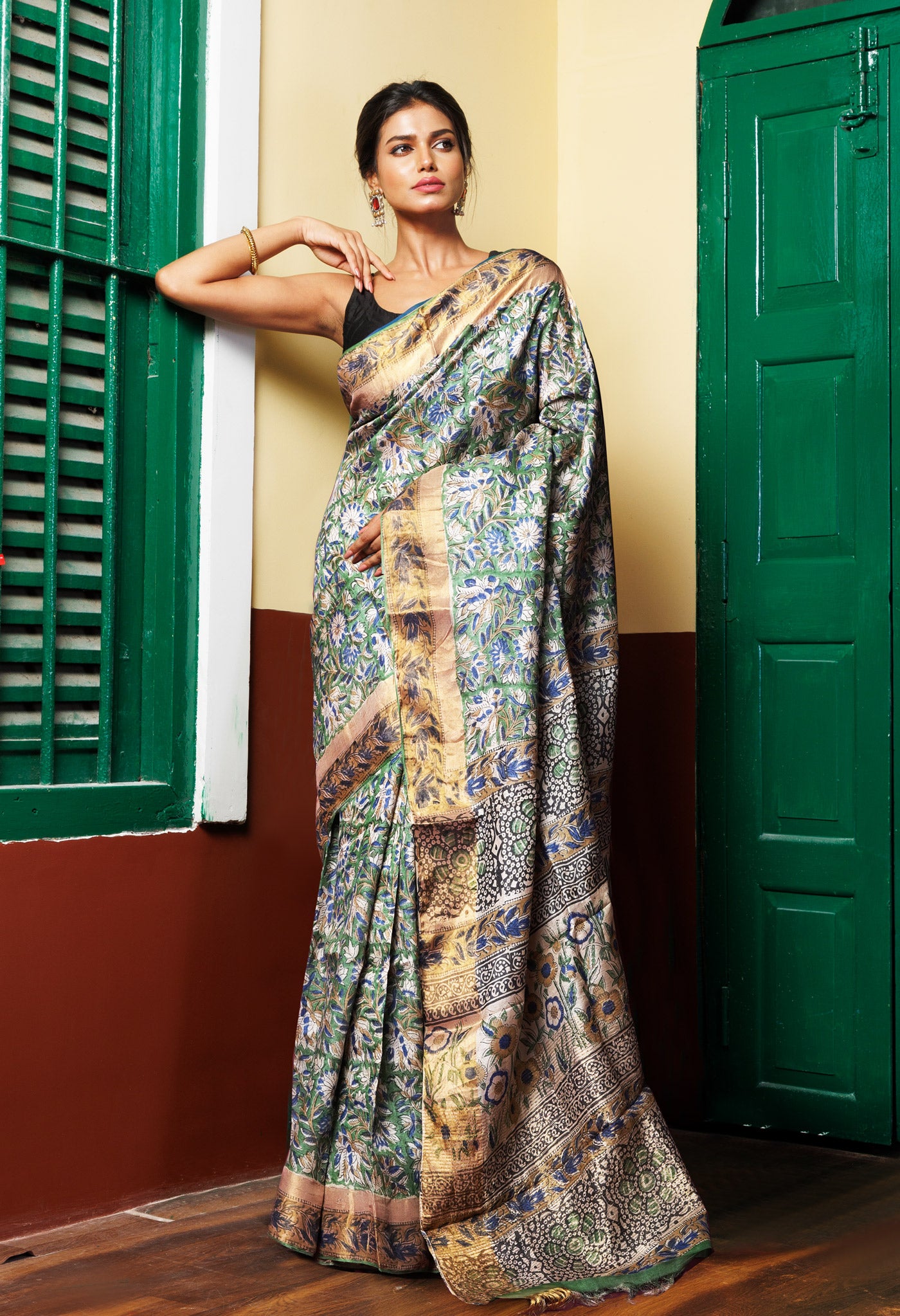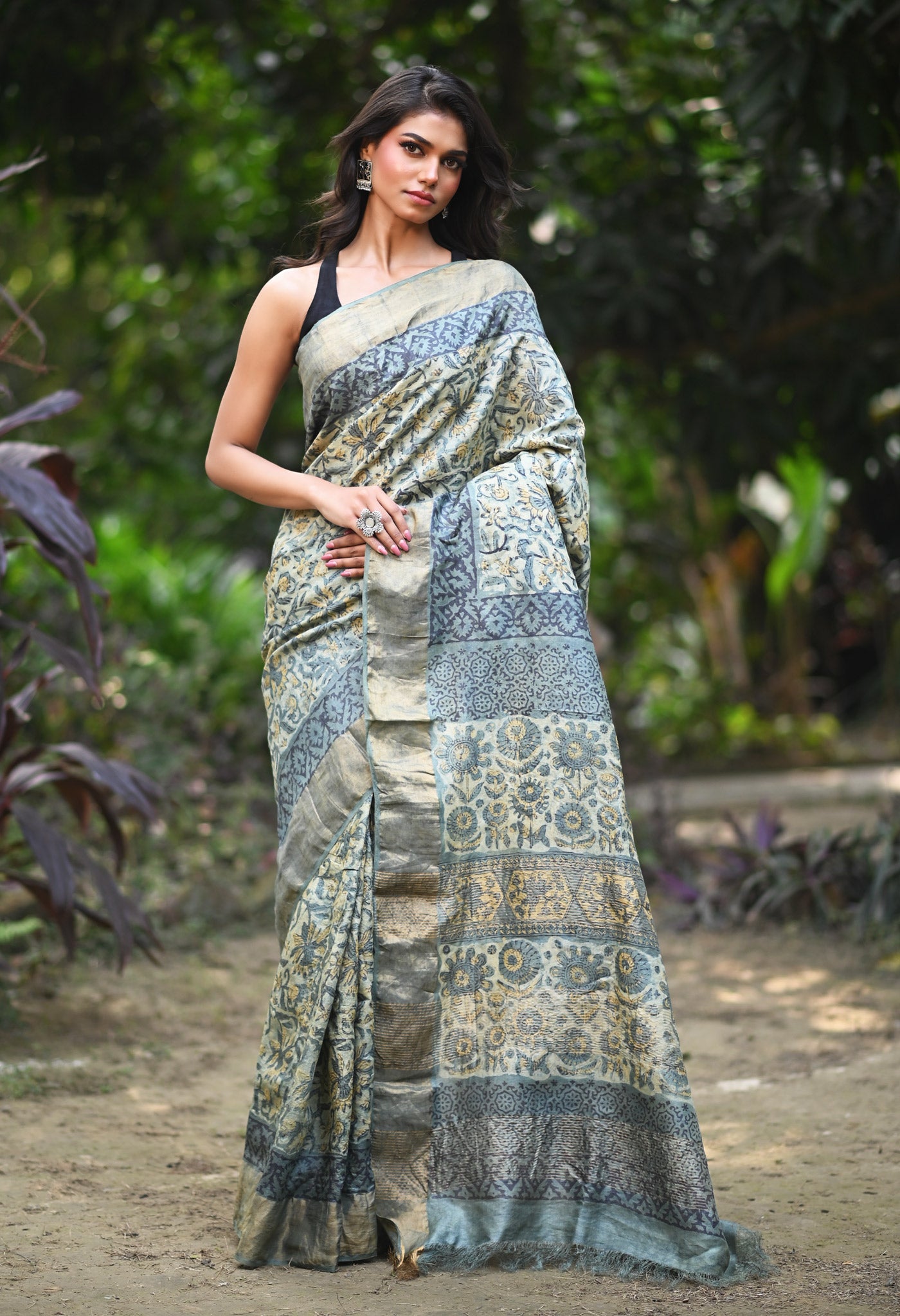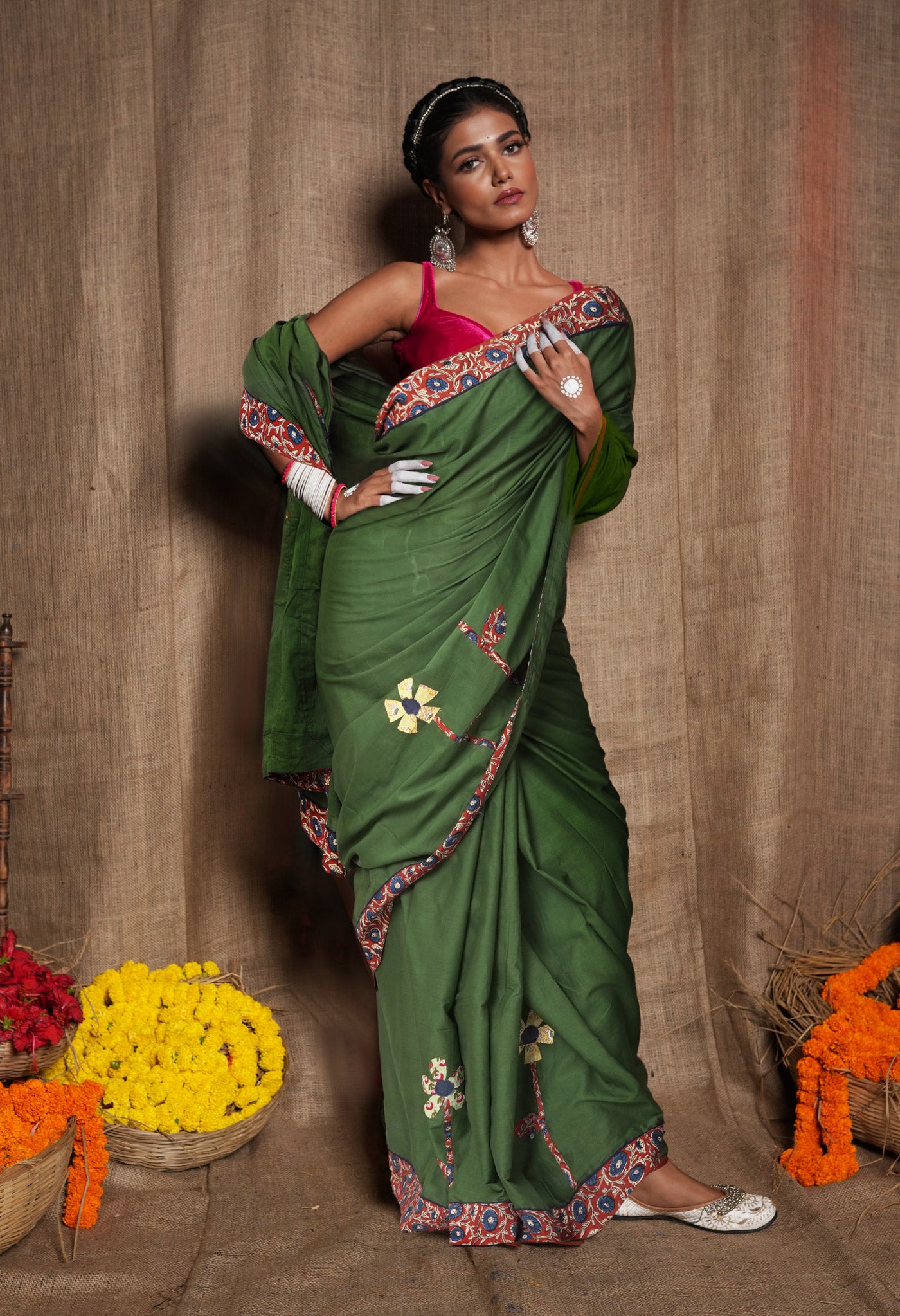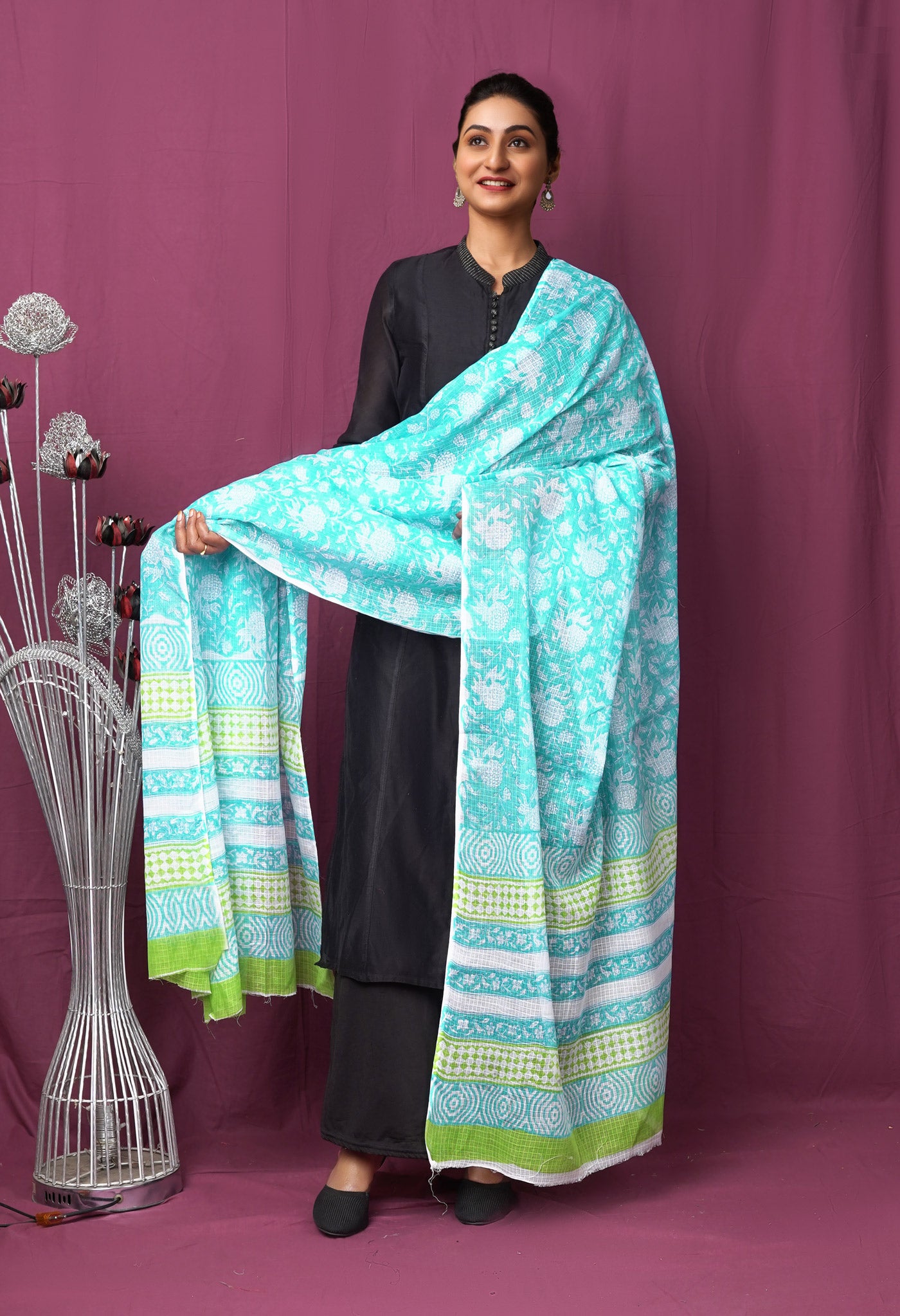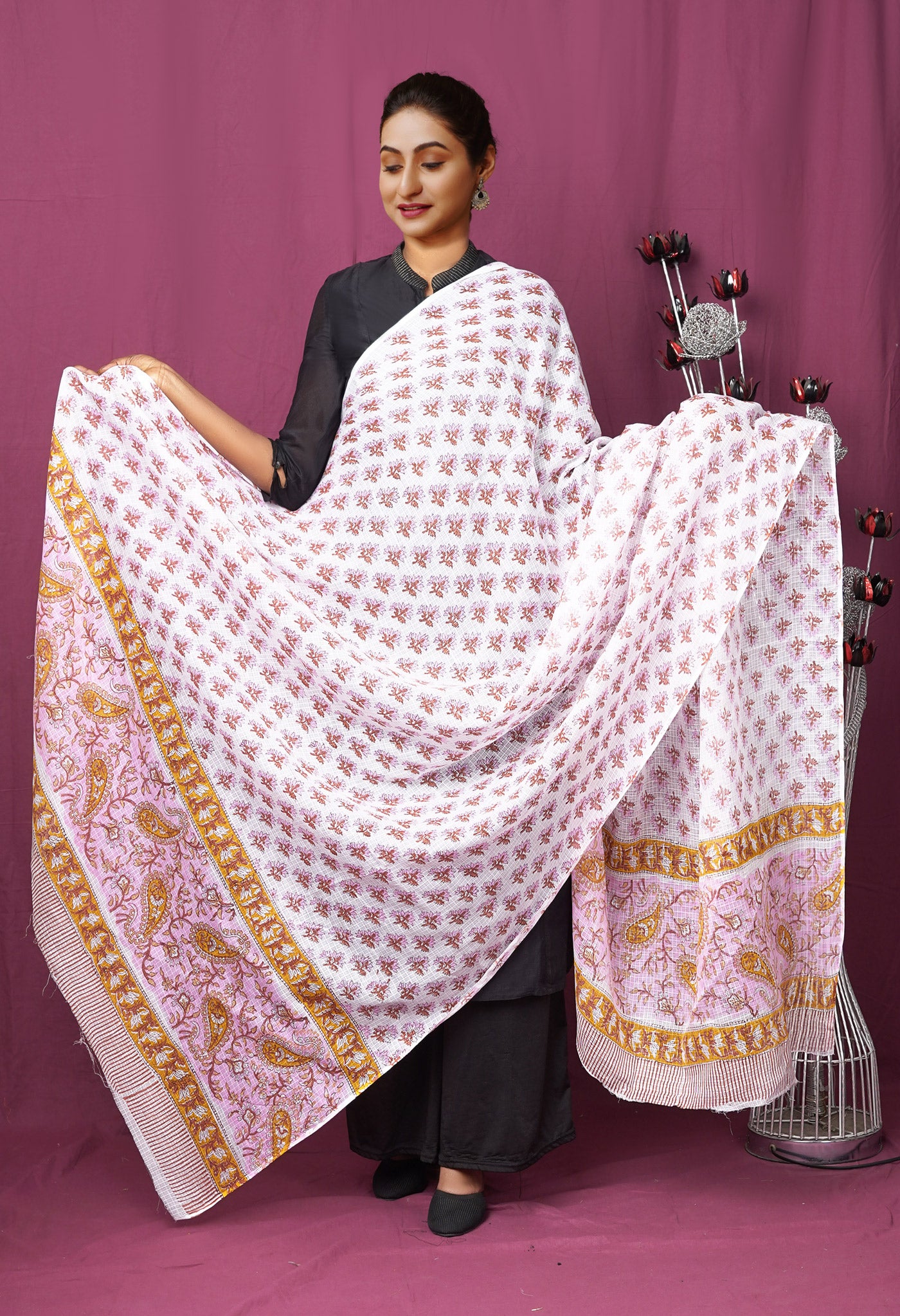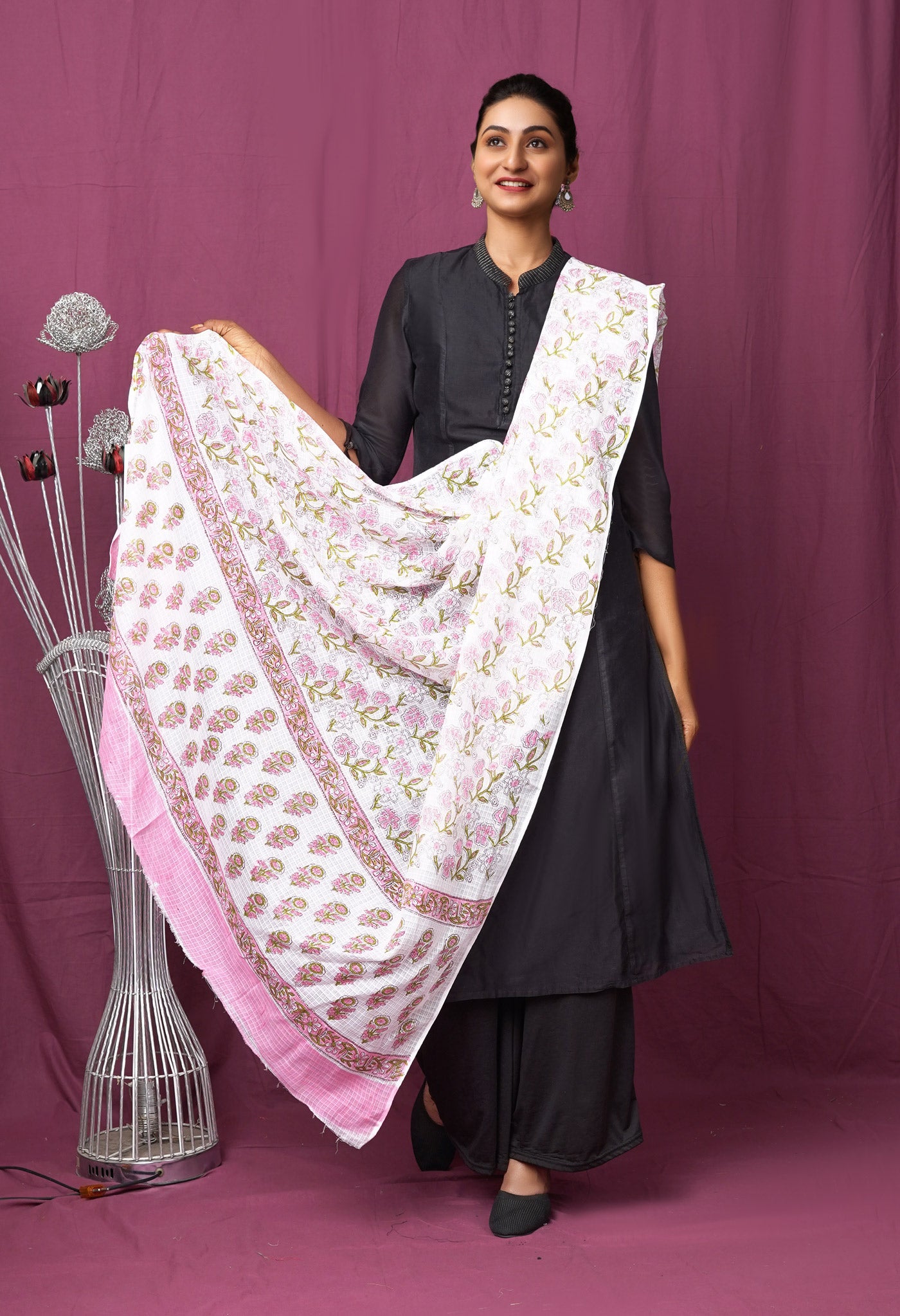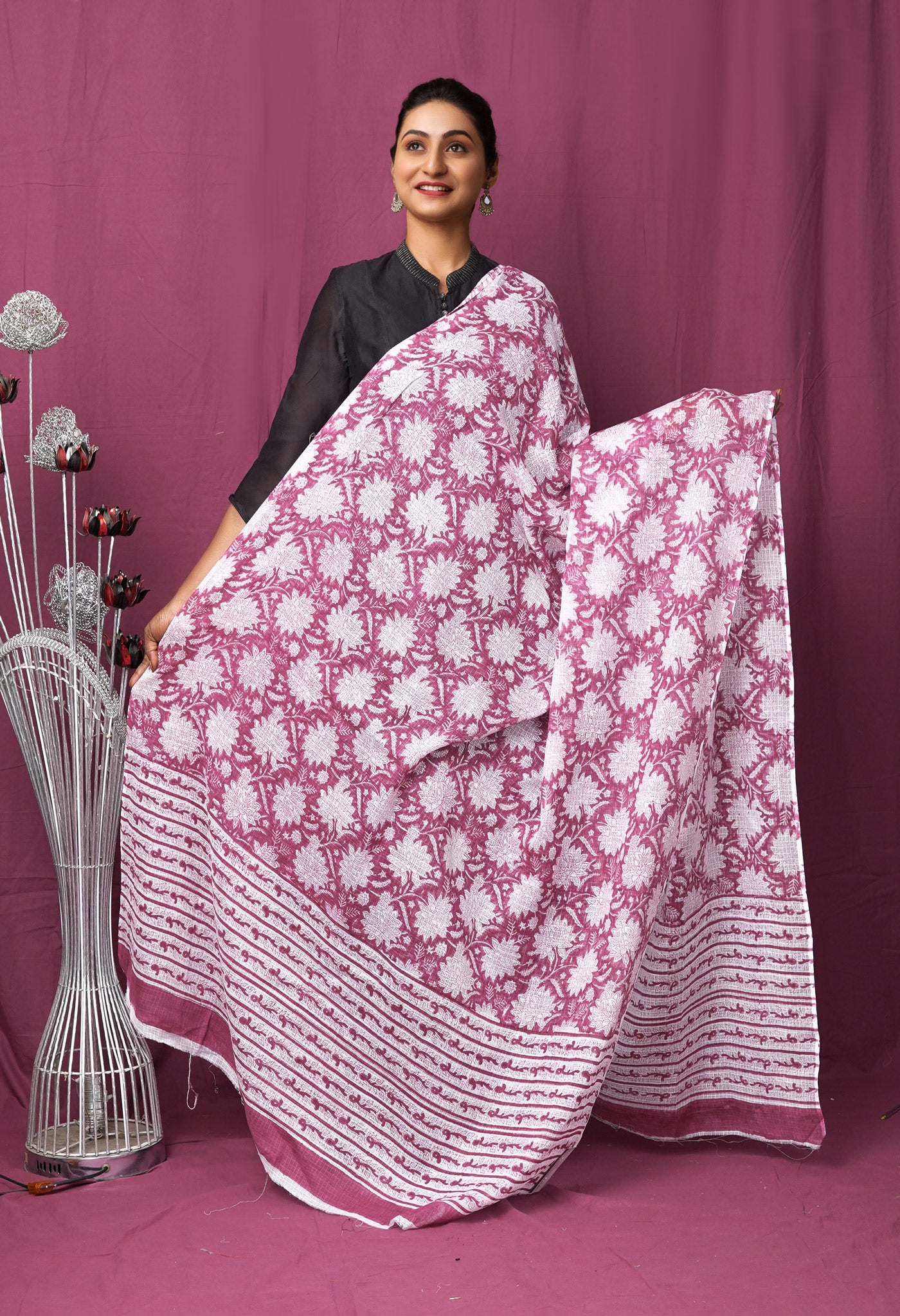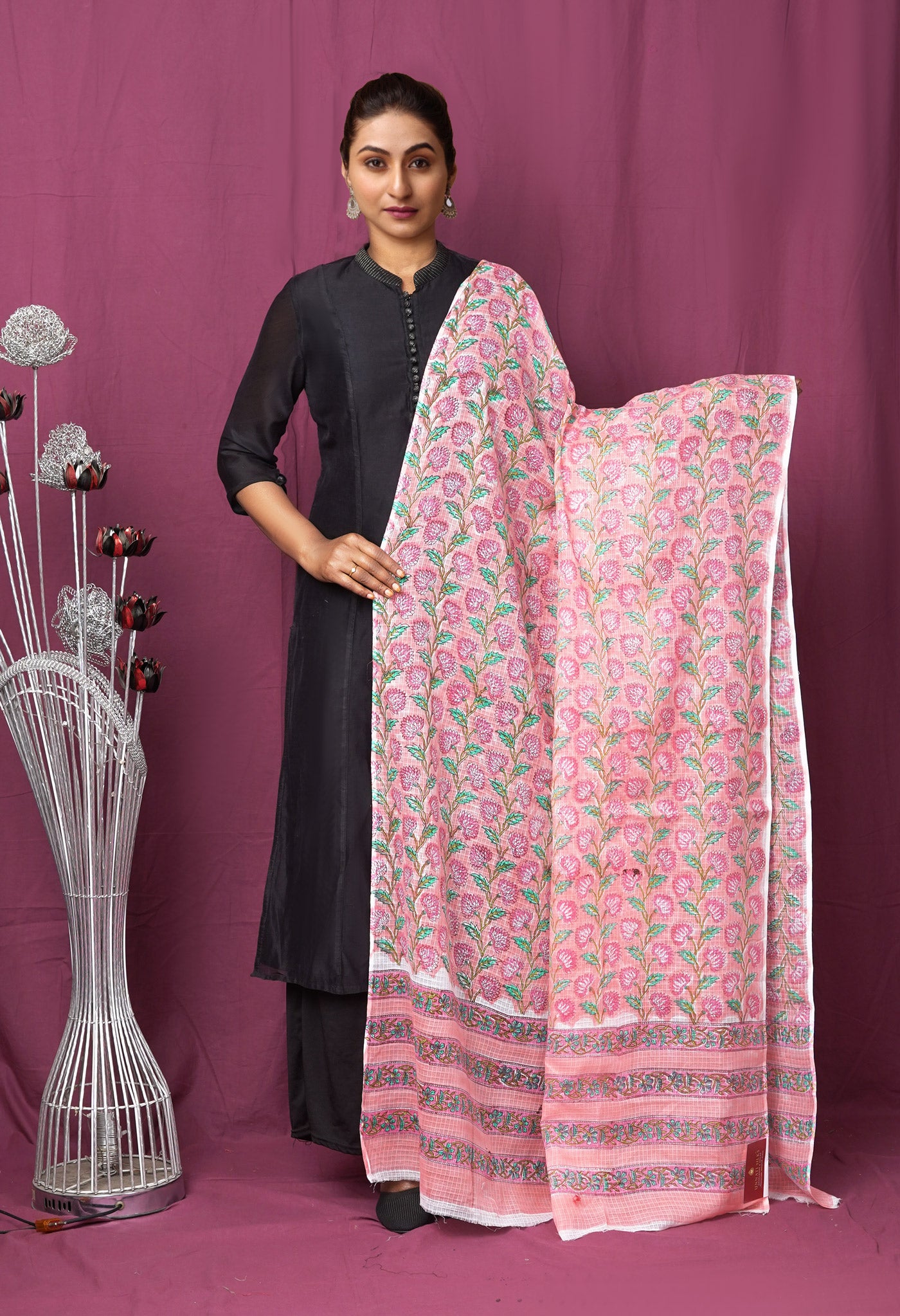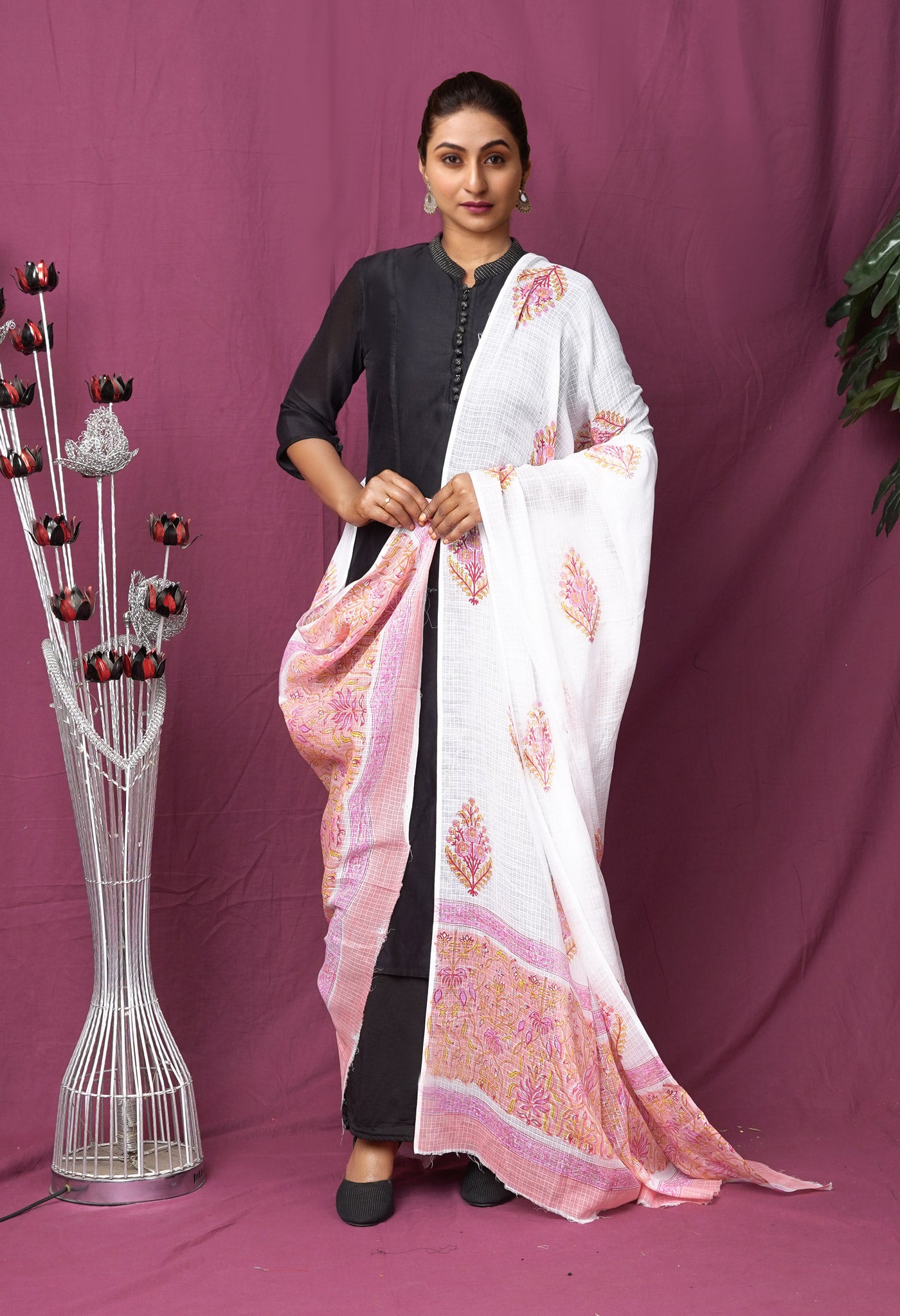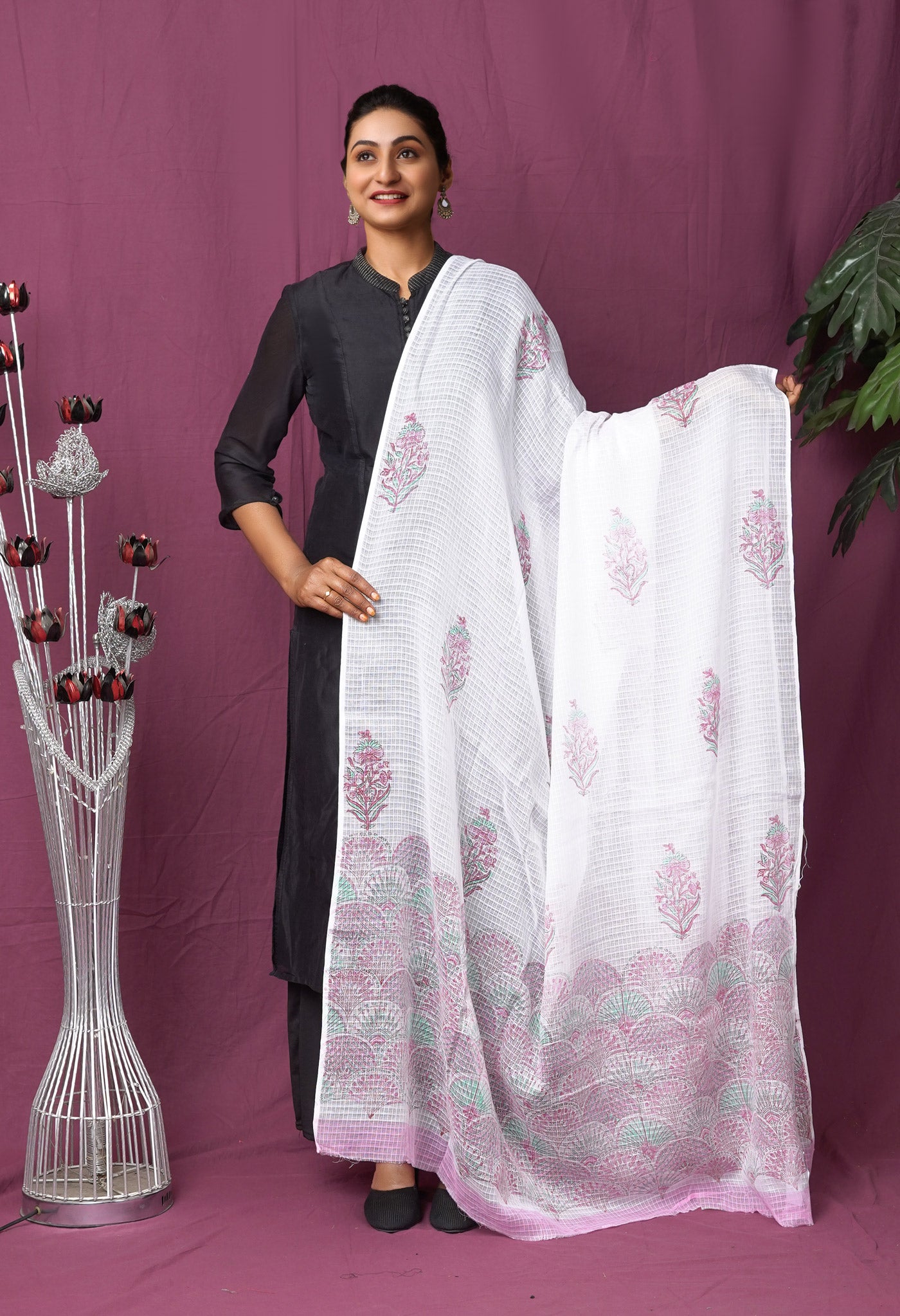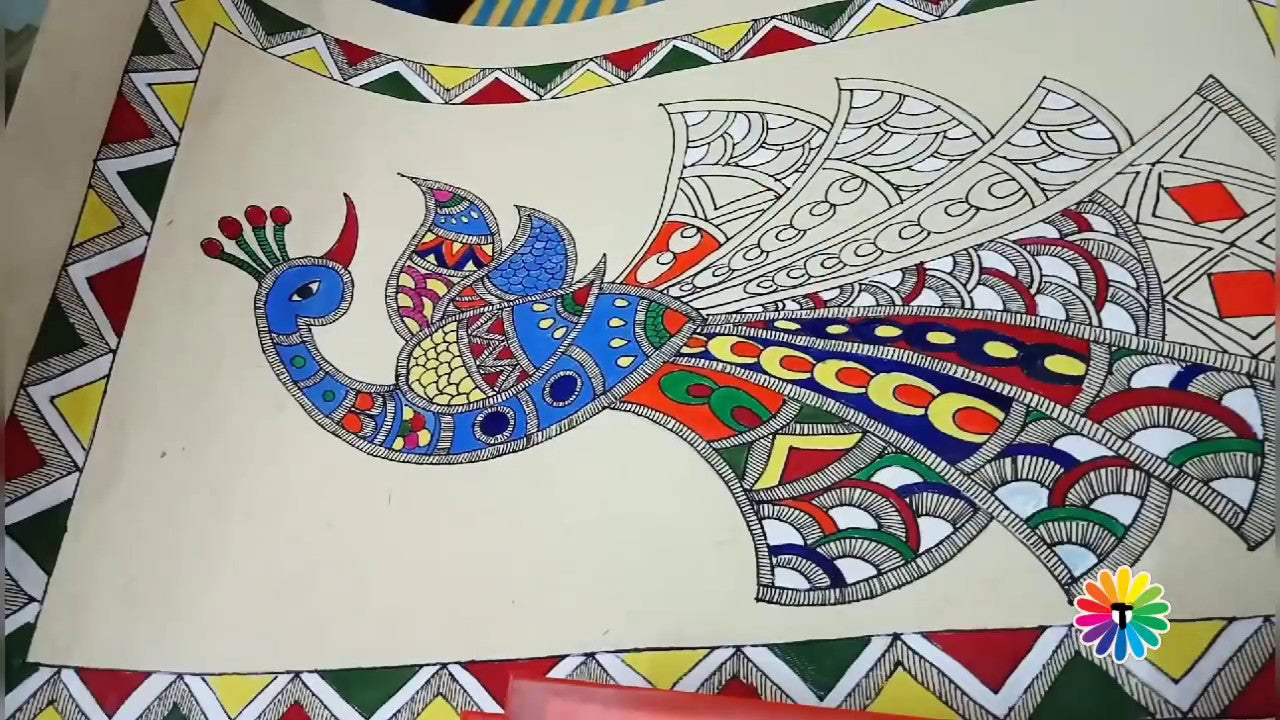
Madhubani Painting – an art that is looking up once again
If one were to visit Madhubani Railway station in Bihar now or in the near future, there would be incredulity and amazement written on the face on seeing its new avatar – a recent makeover with its walls adorned by the world-famous Madhubani paintings.

What prompted this?
Well, it was an attempt as part of the Swachh Bharat Abhiyaan or mission. In the attempt to clean up the premises of this East Central Railway station that could perhaps be one of the oldest railway stations in the country, it has also received a face-lift that has made a 7000 sq.ft area a famous tourist attraction. So much so that there are plans afoot for other railway stations nearby to be spruced up in similar fashion.
A project that commenced on Oct.2nd 2017 and took 20 days to complete, the depiction of Mithila artwork there could probably be a new Guinness World Record. One would find scenes from Ramayana, especially Sita as she was born in Mithila, like the marriage of Ram-Sita and Sita Bidai, scenes from Mahabharata and many rituals of popular festivals like Chhat Puja and simple rural and social life and folk dance.

The free of cost 'Shramdaan' in an attempt to promote the traditional art form where the local artists did not take any money for their work, the colours, painting brushes and refreshments were provided by railway authorities. After the completion of the work, they were felicitated.
The outcome of the event – Madhubani Painting, the traditional art form of Bihar and the skilled craftsmanship of the Madhubani artisans got noticed hugely by the Railway Minister Mr.Piyush Goyal, the top brass of the Bihar Govt. and the bigwigs of the Railways, besides the huge traffic of people who passed the place in the course of their journey onwards. Mind you, this effort would not go wasted.
 But what are the Madhubani Paintings known for after all?
But what are the Madhubani Paintings known for after all?The Madhubani paintings or Mithila paintings are one of the more famous traditional Indian art forms. Originating in the region of Madhubani in the Indian state of Bihar, the art is now practiced across India by amateur and even professional artists who have borrowed inspiration from these colourful mosaics. It was first practiced only by women, with no part of the canvas left blank, the paintings depicting nature, Gods and demi-Gods, being ritualistic in nature and an important part of festivals and ceremonies like marriages.

An unrewarded effort despite the brilliance
But just till a few years back there were very bad times for this art.
The ethnic artisans, the propagators of the art were mute spectators to the paintings being sold at good prices through middlemen who ate up a major chunk of the profits. Most practitioners of the art were simple uneducated women not well-versed in the ways of the world but dedicated to their craft. They depended upon others to get their products sold. There were further the horde of spurious Madhubani paintings that floated in a market that killed the enthusiasm of the devoted genuine practitioners of the art.
A silver lining in the clouds
The geographical indication tag seemed a blessing when it came in March 2015, when spurious Madhubani paintings could be legally punishable by law. However that did not prevent the flood of fakes to continue. Instead the genuine at times started getting doubted for being the real one.

Looking to this, the govt., NGOs and others interested in seeing the preservation of the traditional art in its pure form got together to seek new ways to propagate the art and prevent its degeneration.
In recent times a study of the Geographical Indication commissioned by the Dept. of Commerce to enhance the reach of India’s GI products and reducing the layers of middlemen to allow producers to sell directly through their own portals, with support from the govt. and tie-ups with other online retailers. The study, done by the Centre for WTO Studies at Indian Institute of Foreign Trade, is in line with the Foreign Trade Policy for 2015-2020 that has identified a key area for policy initiatives within one year.

Although the study suggests that GI producers and state emporia should tie up with online retail platforms such as Flipkart, Amazon, Snapdeal and eBay to expand market access, it says care needs to be taken to ensure that these retailers differentiate and protect the GI products. Before such tie-ups are finalised, it would be necessary to ensure production of sufficient inventory which can be a big challenge due to limited production capacity and working capital is one of its findings and concerns.
While the National Bank for Agriculture and Rural Development plans to create dedicated websites and e-commerce portal for GI products along with a mobile app, an ecommerce site with govt. & private player partnership is envisaged. But in such cases certain conditions need to be fulfilled for protection of GI.
Meanwhile to boost the morale of the once beleaguered class of artisans who despite their excellent credentials never got their due certain private players decided to contribute their mite.
Ankit Jha & his eMithilaHaat
There are good Samaritans aplenty in this world who spring up from some corner at the opportune time and effect their good. Ankit Jha and his team is one such good that has happened to Madhubani.
In 2014, Ankit Jha from Darbhanga, Bihar, in talking with his cousin, came to know about his Aunt Sulekha, who was also doing the Madhubani paintings with love and devotion, like so many other women. Despite the fact this art had won awards like four Padma Shrees, Guru Shreshtha Shilpa, Bihar Ratna and others, the government was doing little about encouraging the art or implementing policies that would fetch the women engaged in the art, remuneration commensurate with the brilliant paintings they worked so hard to produce.
He thought deeply about this anomaly and came out with the idea that if the paintings were of such considerable worth then why could he not provide the artisans a channel where he and his like could promote and sell their work. Thus eMithilaHaat was born.

He immediately gave up his plush job and started on the journey of his vision. His team?
Gurmeet Singh Ahuja: from his own ex-company, the Vice President- Business Development, Power One Data, Bangalore, with more than 25 years of industry experience.
Shree Jitendra Kishore Jha: His own father, working as a teacher in the government high school, Siwan. He has more than 25 years of teaching experience and is very good at motivating children.
Ankita Jha: She is working with Amazon India with their core testing group for Kindle and other apps.
Anku Jha: She is a B.E in computer science from CMRIT, Bangalore.
Incidentally Ankita and Anku are his own younger sisters.

The modus operandi?
“We offer Mithila Painitngs on handmade paper as well as on ‘tasar’ silk which can be used as wall hangings. We have done a summer camp at Yashhoda Foundation (a non profit organisation) where more than 25 underprivileged children were given training in Mithila painting. You can find the photos of the event here. And we are planning to soon add apparel and other home decors with these paintings”.

Their target audience is people with keen interest and love for art, within the country and outside India as well. The target audience is reached out through social media and personal contacts. They are lucky to have other people spreading word about their good work.
“We have made a lot of impact in the lives of the artisans. They are now more confident and feel more proud in painting once again. We have plans of scaling by adding other arts too which are facing similar challenges or are endangered”.
Being a for-profit organization, their mission of sharing every six months with the artisans is clear and been very helpful in encouraging the artisans they deal with.
Initial investments came from his savings, some from his father, and some from Gurmeet. They started three years back. They are beyond break even now and creating ne paths for themselves.
iMithila – a mother-in-law – daughter-in-law duo initiative
Ruchi Jha decided to move out from the corporate world and take her entrepreneurial plunge. Her co-founder? Her mother-in-law Renuka Kumari. Ruchi explains, “My mother-in-law hails from Darbhanga, the heartland of Madhubani art. A retired professor of Botany, she is passionate about the art form just like me. So, she was the perfect choice to co-found iMithila.”

Established in 2016, by adapting the ancient art of Madhubani painting on apparel and home decor products and selling them through their ecommerce platform called iMithila they infused heart into the artisans from the region whom they dealt with.
Ruchi Jha and Renuka Kumari, the founders of iMithila live in Darbhanga. Madhubani painting, also known as Mithila painting, originated in the Mithila region of Bihar as wall murals and is one of the oldest art forms in the world. The primitive art is created with fingers, twigs, brushes, and matchsticks, using natural dyes and pigments. Like most traditional art, Madhubani painting is not an easy segment to generate revenues in. So Ruchi decided to transplant the art on to sarees and stoles as well as fashion and home decor items like bags and clutches, coasters, trays, and wall clocks.

iMithila is a team of 10 who work in Noida and Delhi, along with around 40 artists who are a part of the production unit in Darbhanga. The fabrics and raw materials are given by the iMithila team to the artists and their in-house designers decide which painting would work well on a particular product.
Established in mid-2016 as part of the Startup India initiative, Ruchi is based out of iMithala’s corporate office in Noida and handles the front end of the business. Since Renuka lives in Darbhanga, she largely handles the production side of the business and liaises with the artists, who hail from that area.
 “However, we do not deviate from the traditional art style. The surface might be new, but the painting is created lovingly by hand in the classic style”.
“However, we do not deviate from the traditional art style. The surface might be new, but the painting is created lovingly by hand in the classic style”.
Things do not seem bleak at the moment with the Madhubani coming in full media glare and many helpful hands coming forward to contribute their mite. The govt. has also been making the right noises to get things going for the art.
However there is still quite a distance to go before the proponents of the craft can smile satisfactorily, a vibrant market is created that can appreciate and acknowledge its heritage worth and a general public that can encourage its multi-faceted uses in creating artistic touches in the average looking items of fabrics and other objects of use in our seemingly mundane world.

